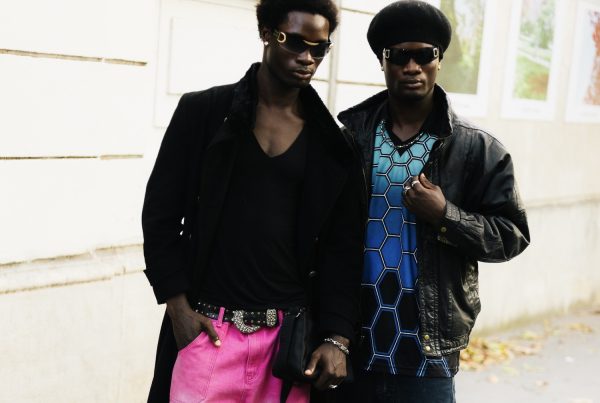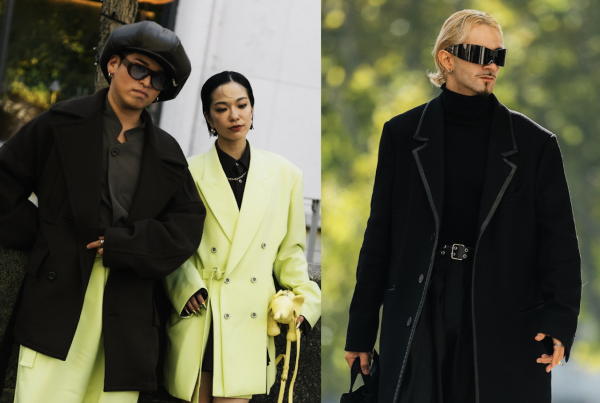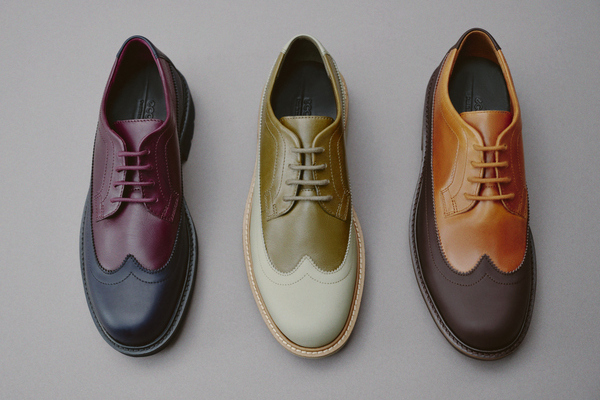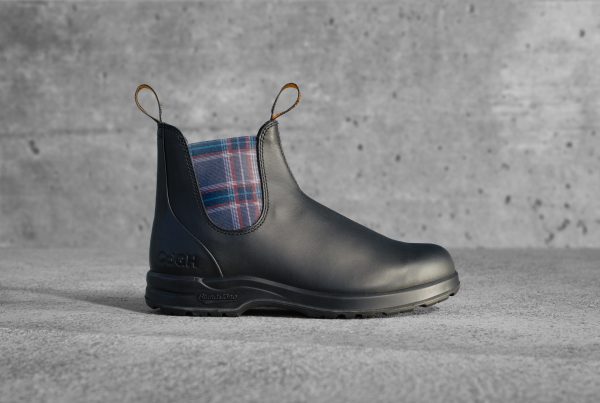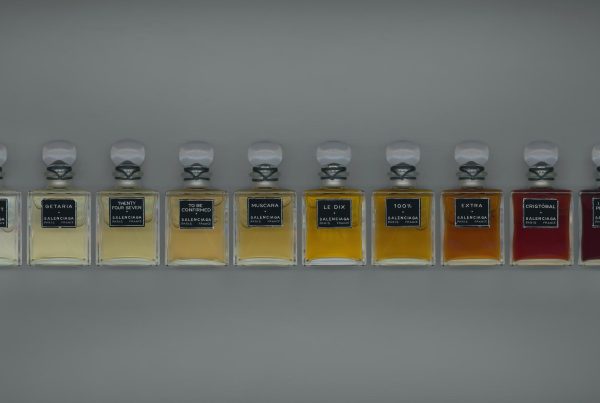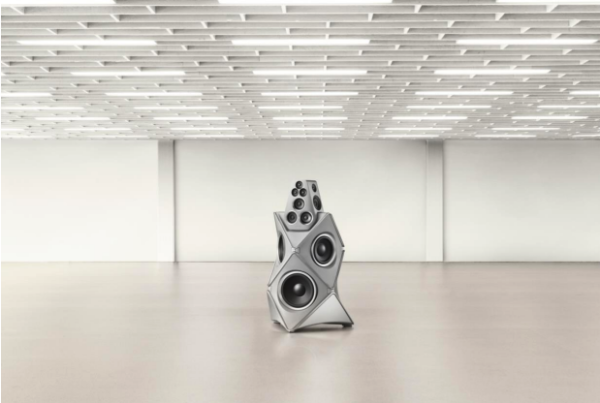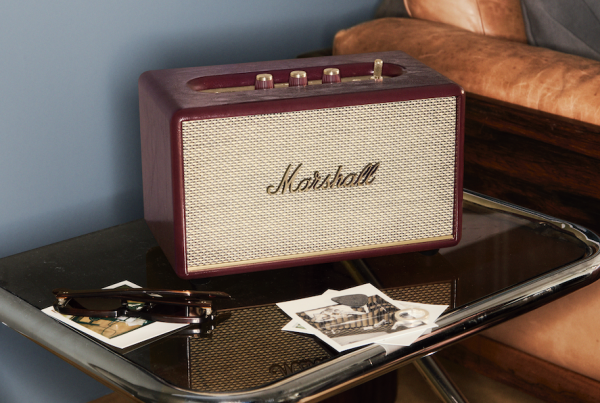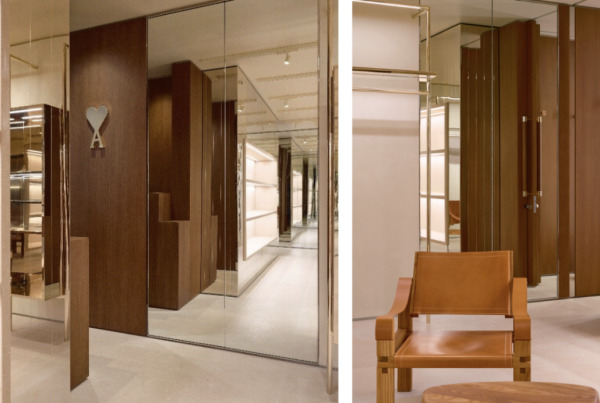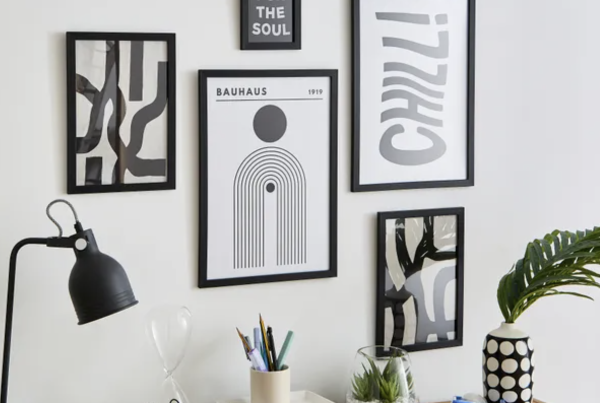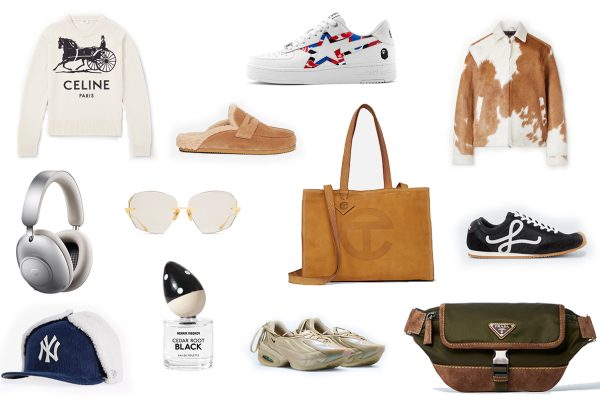
In recent years, there has been a growing trend of incorporating sustainable textiles into modern office environments. As professionals become increasingly aware of the environmental impact of their workspaces, the demand for eco-friendly materials has skyrocketed.
Textiles play a significant role in achieving both aesthetic and ethical goals in office design. From upholstery and curtains to carpets and wall coverings, the choice of fabrics can greatly influence the overall look and feel of a workspace. By opting for sustainable materials, businesses can create a more environmentally responsible and visually appealing office environment.
This shift towards eco-friendly textiles reflects a broader change in societal values, as more and more individuals prioritize sustainability in their personal and professional lives. Companies that embrace this trend not only demonstrate their commitment to the environment but also appeal to the growing number of environmentally conscious employees and clients.
Why sustainable fabrics are winning over professionals
Sustainable fabrics offer a multitude of benefits that have made them increasingly popular among professionals. One of the primary advantages is their environmental friendliness. By using materials that are biodegradable, recyclable, or made from renewable resources, offices can significantly reduce their ecological footprint. This reduction in waste and pollution contributes to a healthier planet and aligns with the values of many modern businesses.
In addition to the environmental benefits, eco-friendly textiles can also have a positive impact on the health and well-being of office workers. Many sustainable fabrics are free from harmful chemicals and toxins, which can improve indoor air quality and reduce the risk of allergies and respiratory issues. This creates a more comfortable and healthy work environment, leading to increased productivity and job satisfaction among employees.
From an economic perspective, investing in sustainable textiles can lead to long-term cost savings for businesses. While eco-friendly materials may have a higher upfront cost, they often have a longer lifespan and require less maintenance than traditional fabrics. This durability translates into reduced replacement and upkeep expenses over time. Moreover, offices that prioritize sustainability may experience increased property values and attract more environmentally conscious tenants or buyers.
Case studies of stylish, sustainable offices
Several forward-thinking businesses have successfully incorporated sustainable textiles into their office designs, proving that style and sustainability can go hand in hand. One such example is the headquarters of a leading tech company, which features a stunning array of eco-friendly fabrics throughout its workspace.
The office’s upholstery is made from organic cotton and wool, while the curtains are crafted from recycled polyester. The carpet tiles are composed of renewable materials like corn sugar and castor oil, and the wall coverings are made from bamboo and other rapidly renewable resources. These materials not only contribute to a reduced environmental impact but also create a warm and inviting atmosphere that encourages collaboration and creativity.
Another notable case study is a global consulting firm that has embraced sustainable textiles as part of its commitment to corporate social responsibility. The company’s offices feature furniture upholstered with fabrics made from recycled plastic bottles, as well as rugs and wall hangings made from natural fibers like jute and sisal. These materials not only align with the firm’s environmental values but also create a sophisticated and professional ambiance that impresses clients and inspires employees.
Employee feedback has been overwhelmingly positive in both of these case studies, with workers expressing appreciation for their companies’ dedication to sustainability and the improved comfort and aesthetic of their workspaces. Clients have also taken notice, with many expressing admiration for the businesses’ eco-friendly initiatives and stylish office design.
How to choose the right eco-friendly materials
For professionals interested in transitioning to sustainable office textiles, choosing the right materials is crucial. When selecting fabrics, it is important to consider both their environmental impact and their aesthetic appeal.
Start by researching materials that are made from renewable resources, such as organic cotton, bamboo, or hemp. These fabrics are biodegradable and require fewer chemicals and water to produce compared to traditional materials. Additionally, look for textiles made from recycled content, such as recycled polyester or nylon, which help reduce waste and conserve resources.
Durability is another key factor to consider when choosing eco-friendly fabrics. Materials that are built to last will require less frequent replacement, reducing both environmental impact and long-term costs. Look for fabrics with high abrasion resistance, colorfastness, and stain resistance to ensure they can withstand the wear and tear of a busy office environment.
When sourcing sustainable textiles, it is important to work with reputable suppliers who can provide transparency about their manufacturing processes and certifications. Look for fabrics that are certified by organizations like GOTS (Global Organic Textile Standard), OEKO-TEX, or Cradle to Cradle, which ensure that the materials meet strict environmental and social standards.
Finally, consider the maintenance requirements of the eco-friendly fabrics you choose. Some materials may require special cleaning or care to maintain their appearance and performance over time. Work with your office cleaning staff or professional maintenance providers to ensure that they are equipped to properly care for your sustainable textiles.



